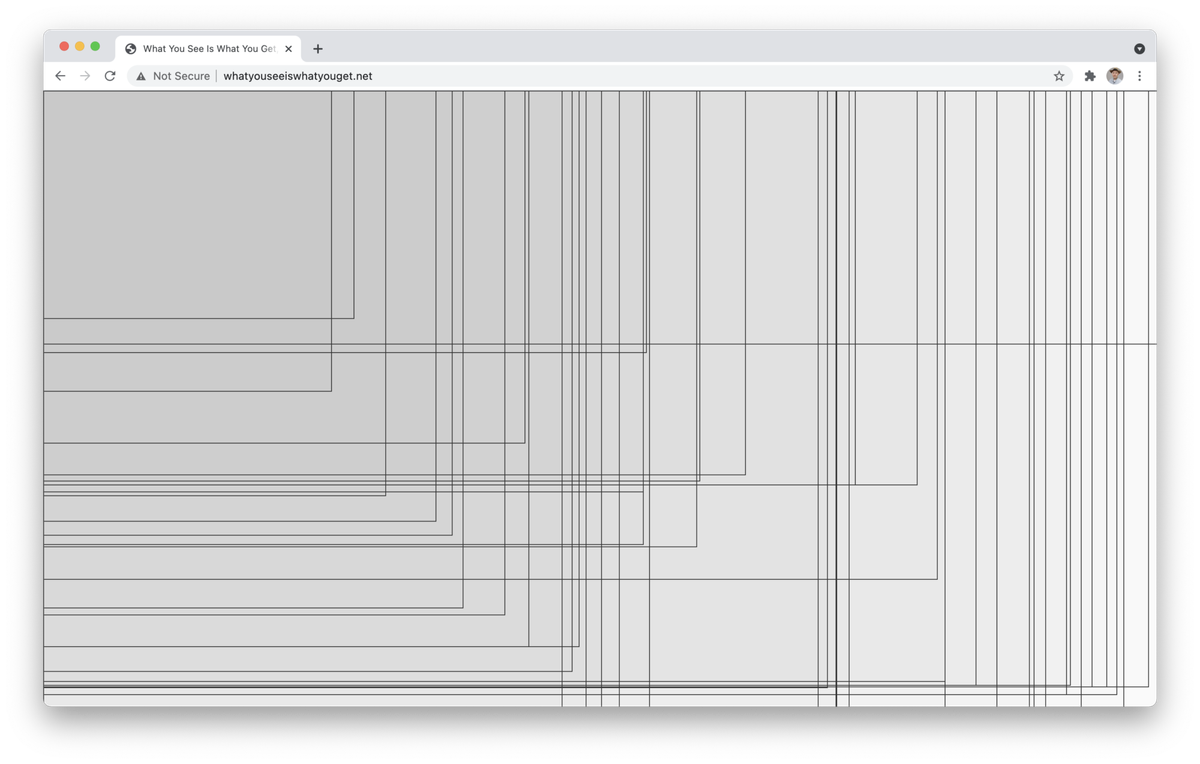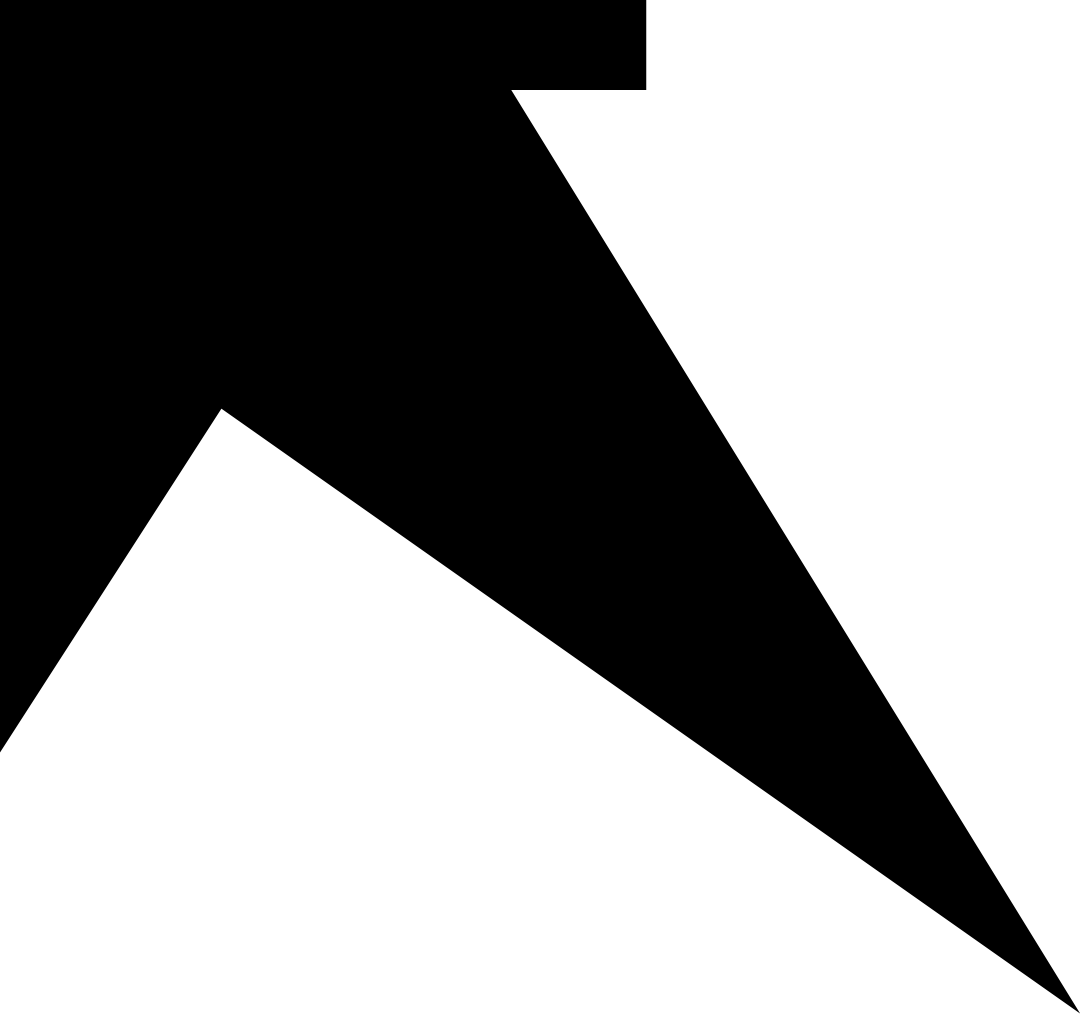
Annet Dekker has been involved with digital art since the 1990s. From curating to conservation to the evolving practice of documentation, there is very little she has not seen or done in relation to what was previously called media art and net art but is now more regularly classified as "born-digital" art. Since 2016 she has been working as a professor at University of Amsterdam in media studies and archival and information studies. She is also co-director of the Centre for the Study of the Networked Image at London South Bank University.
In addition to her visionary curatorial work, Dekker has also written and edited seminal texts in the field. These include Collecting and Conserving Net Art (Routledge, 2018), Curating Digital Art (Valiz, 2021) and Documentation as Art (co-edited with Gabriella Giannachi; Routledge, 2023). We spoke with Annet about her long and distinguished career, her recent exhibition The Broken Timeline and the shifts she has seen in digital art over the decades.
This post is for subscribers only
Subscribe now and have access to all our stories, enjoy exclusive content and stay up to date with constant updates.
